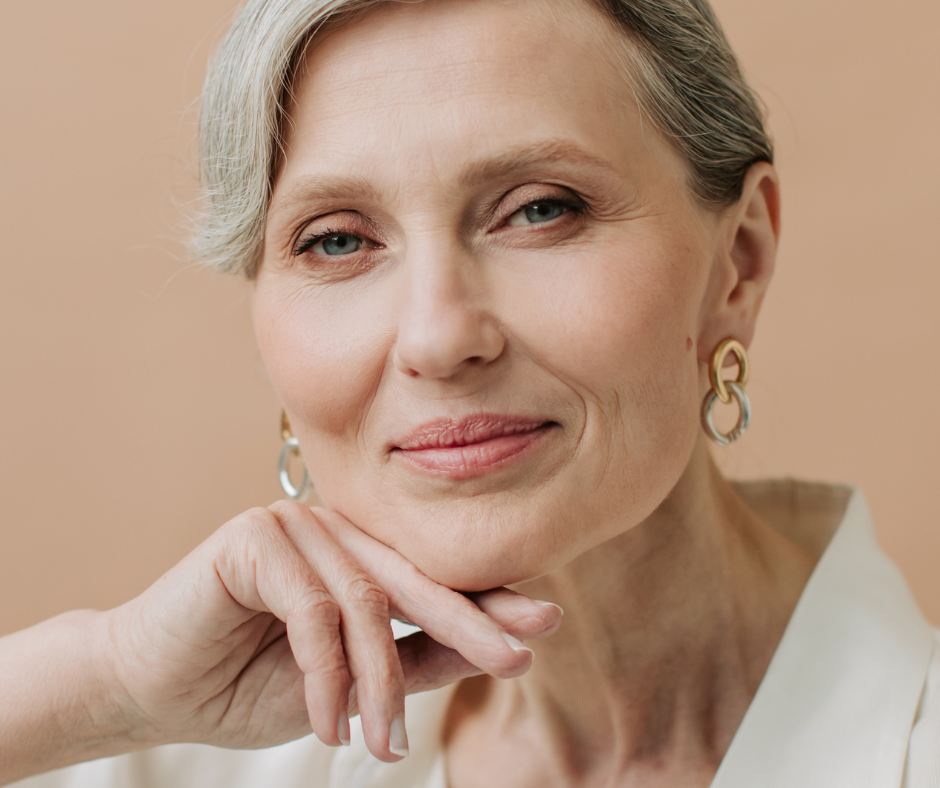
As the skin matures, it begins to show signs of wear — not only from age, but from sun exposure, environmental damage, and a gradual decline in collagen and elastin. While no one can stop the clock entirely, many people ask: how can I improve my skin in old age? With the right treatment approach, it’s entirely possible to restore vibrancy, smoothness, and structure to ageing skin.
Ageing skin tends to become thinner, drier, and more fragile. Wrinkles deepen, pigmentation becomes more uneven, and the skin may appear dull or crepey in texture. Laxity, particularly around the jawline and neck, is also a common concern, often giving way to jowls or sagging contours.
These changes occur due to a slowing in the skin’s natural regeneration process, which means that repair, hydration, and collagen production no longer happen as efficiently as they once did.
So, how can I improve my skin in old age without undergoing invasive surgery? Treatments like Endolift and FaceTite have become popular choices for those seeking lift and definition with minimal recovery time. Both work by heating and contracting deeper tissues to tighten loose skin and stimulate collagen production from within.
CO2 laser resurfacing, on the other hand, addresses surface concerns like fine lines, roughness, and pigmentation. It creates a controlled injury in the skin’s outer layers, prompting a natural healing response that results in smoother, more even-toned skin. For older individuals with sun damage or deep wrinkles, this treatment can be particularly transformative.
What sets modern aesthetic approaches apart is the focus on achieving natural, balanced results. Instead of simply tightening or filling, these treatments work to restore structure and improve skin health at a cellular level. Combining collagen-boosting therapies with a personalised skincare routine can help maintain healthy, glowing skin in the later years of life.
Ageing skin still has potential — it just requires more targeted support. With treatments like Endolift, FaceTite, and CO2 laser resurfacing, even mature skin can regain vitality, strength, and softness.
Strengthening mature skin involves a combination of internal and external support. Treatments that boost collagen — such as laser resurfacing or radiofrequency — can improve structure, while using ingredients like retinoids and peptides supports skin repair. Staying hydrated, protecting against UV damage, and maintaining a healthy lifestyle are also crucial in preserving firmness.
Vitamin C is particularly important after the age of 60 for addressing crepey skin. It plays a key role in collagen production and skin repair, helping to improve firmness, tone, and resilience. It also supports the skin’s defence against oxidative stress, making it an essential part of any age-defying skincare or nutrition plan.
Yes, thin skin in older individuals can often be improved with treatments that encourage collagen and elastin production. Laser resurfacing, radiofrequency-based procedures, and regenerative therapies can gradually rebuild skin density. Topical products containing retinol or peptides may also support structural improvement, particularly when used consistently alongside professional treatments